New Signs On The Block
Hand-painted block club signs are familiar in Chicago’s black neighborhoods. Now, they're getting an upgrade — in art and in messaging.
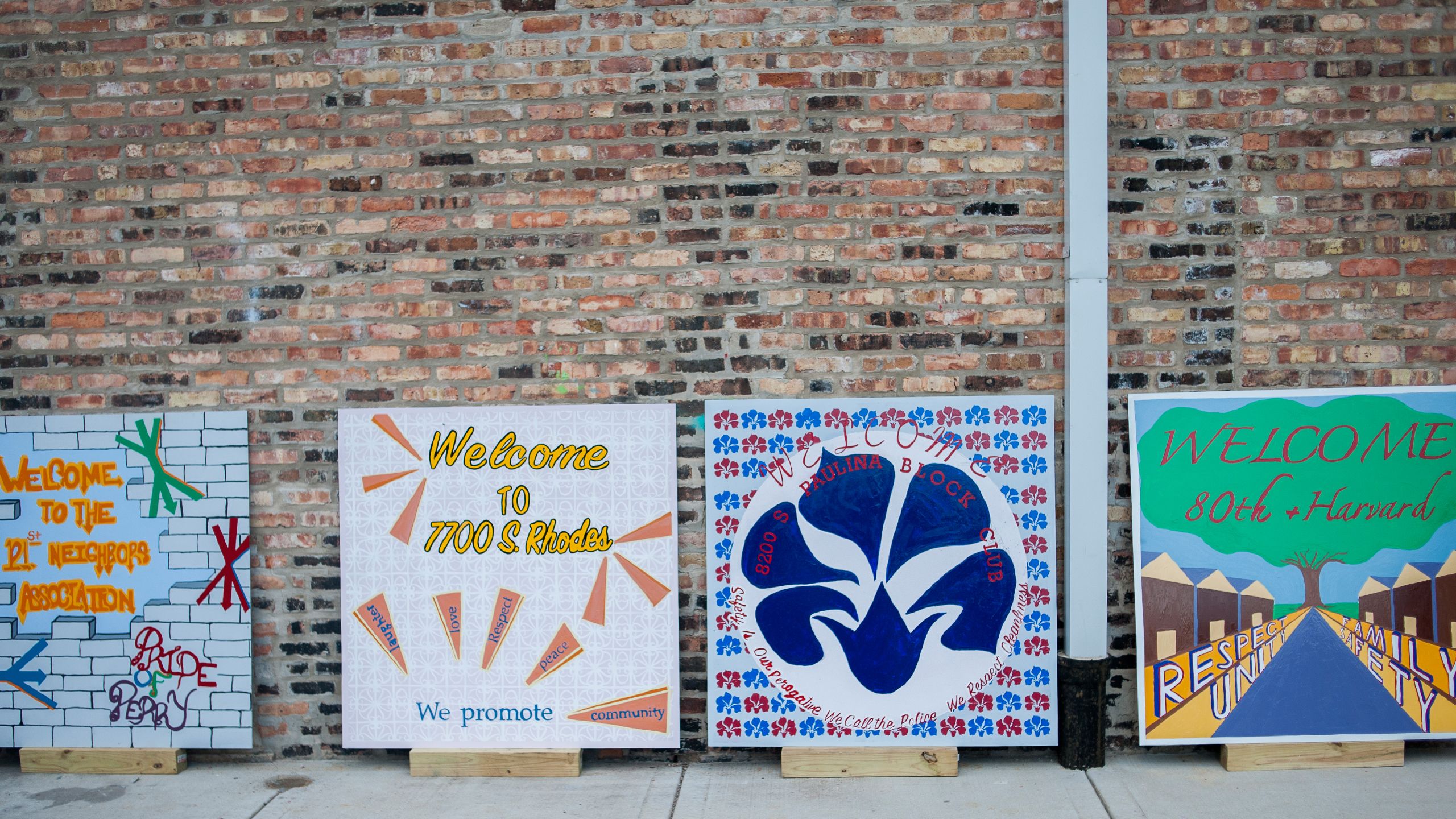
For decades, distinctive hand-painted signs like these have welcomed visitors in Chicago’s black neighborhoods.
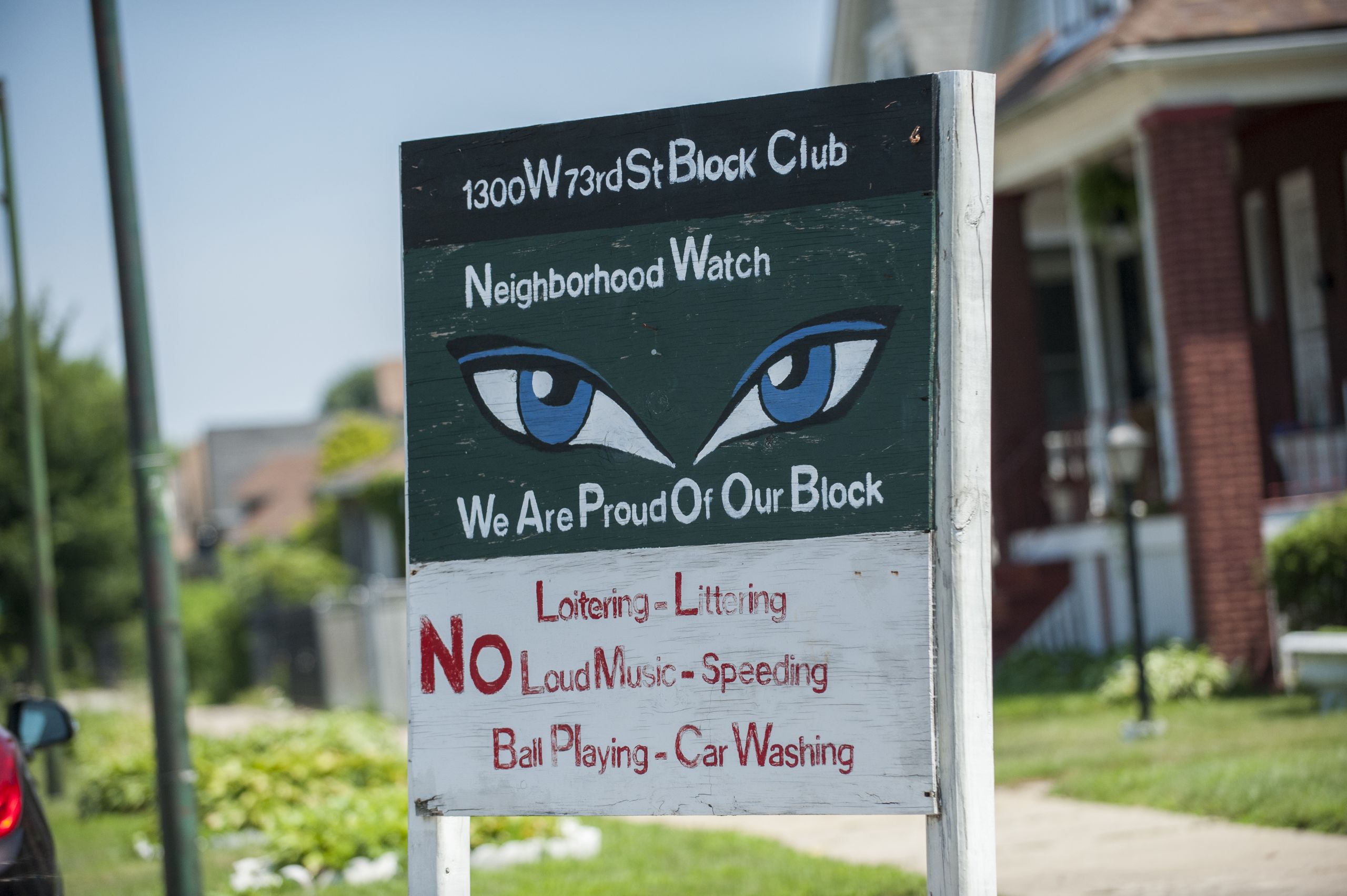
The signs are little pieces of public art familiar in low-income, working-, and middle-class black communities.
The signs harken back to the Chicago Urban League organizing block clubs for black families who moved here from the South during the Great Migration. Amanda Seligman, author of Chicago’s Block Clubs: How Neighbors Shape the City, said the signs “come out of a longer tradition in Chicago of older, more established African Americans working for racial uplift by regulating the behavior of younger people and newer arrivals.”
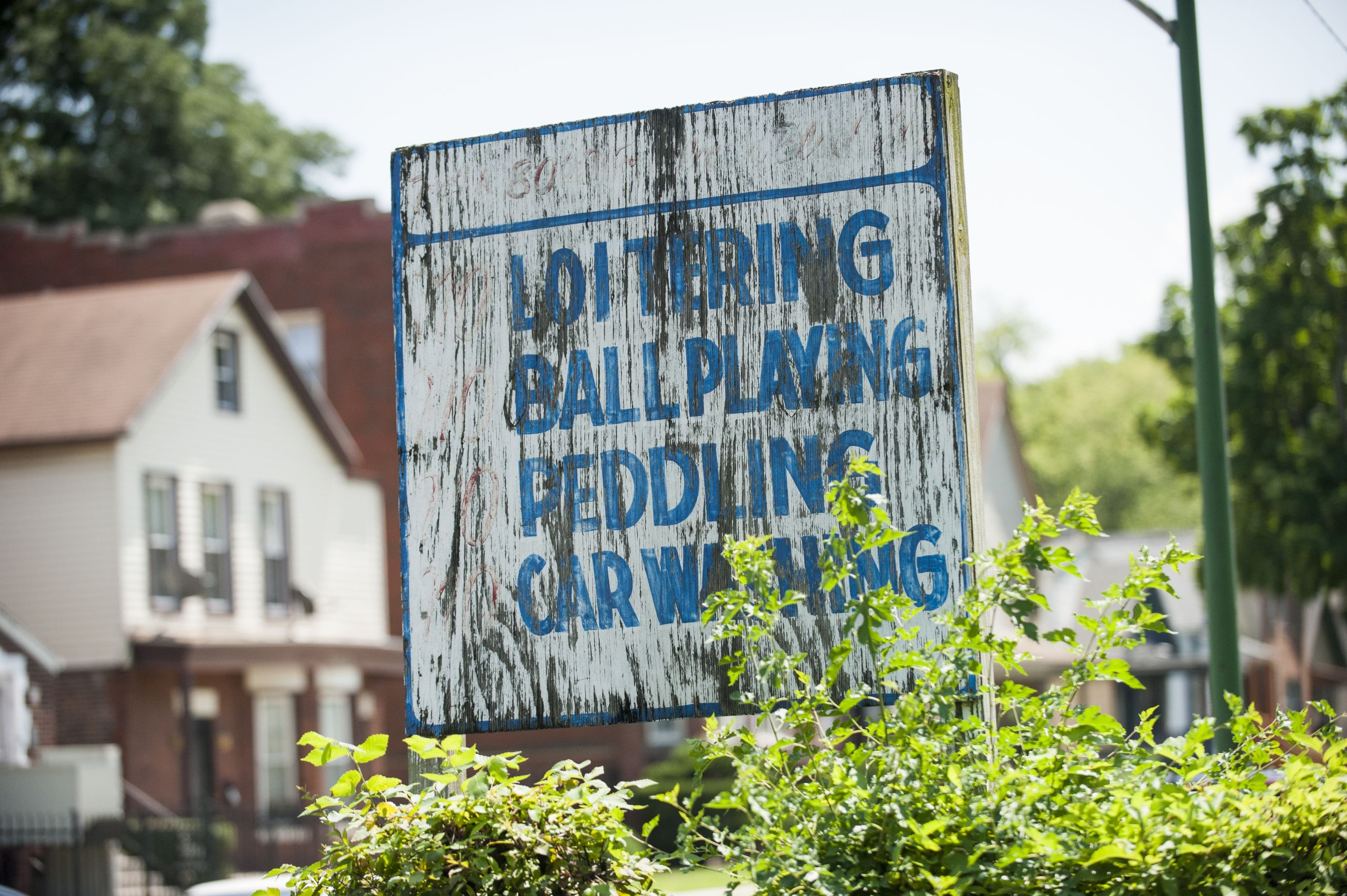
The signs also signal that blocks won’t tolerate certain behaviors. The word “no” tends to be prominently featured.

Scholar Robert Sampson studies Chicago neighborhoods and said he’s never seen block club signs like this in other cities. Part of the reason the signs still exist is because black Chicago neighborhoods have seen disinvestment. Rather than give up, Sampson said, residents put up the signs to demonstrate community pride and cohesion.
Jahmal Cole, founder of My Block My Hood My City, had the idea of updating the signs.
As he jogged through his Chatham neighborhood, he paid closer attention to the signs and thought that they were too focused on negativity because of the frequent use of the word “no.”
Cole connected with the Design Apprenticeship Program at the University of Chicago Arts Incubator to get young people to create new signs.
This summer, a couple dozen teenagers have been carefully painting 15 new block club signs in the Washington Park studio.
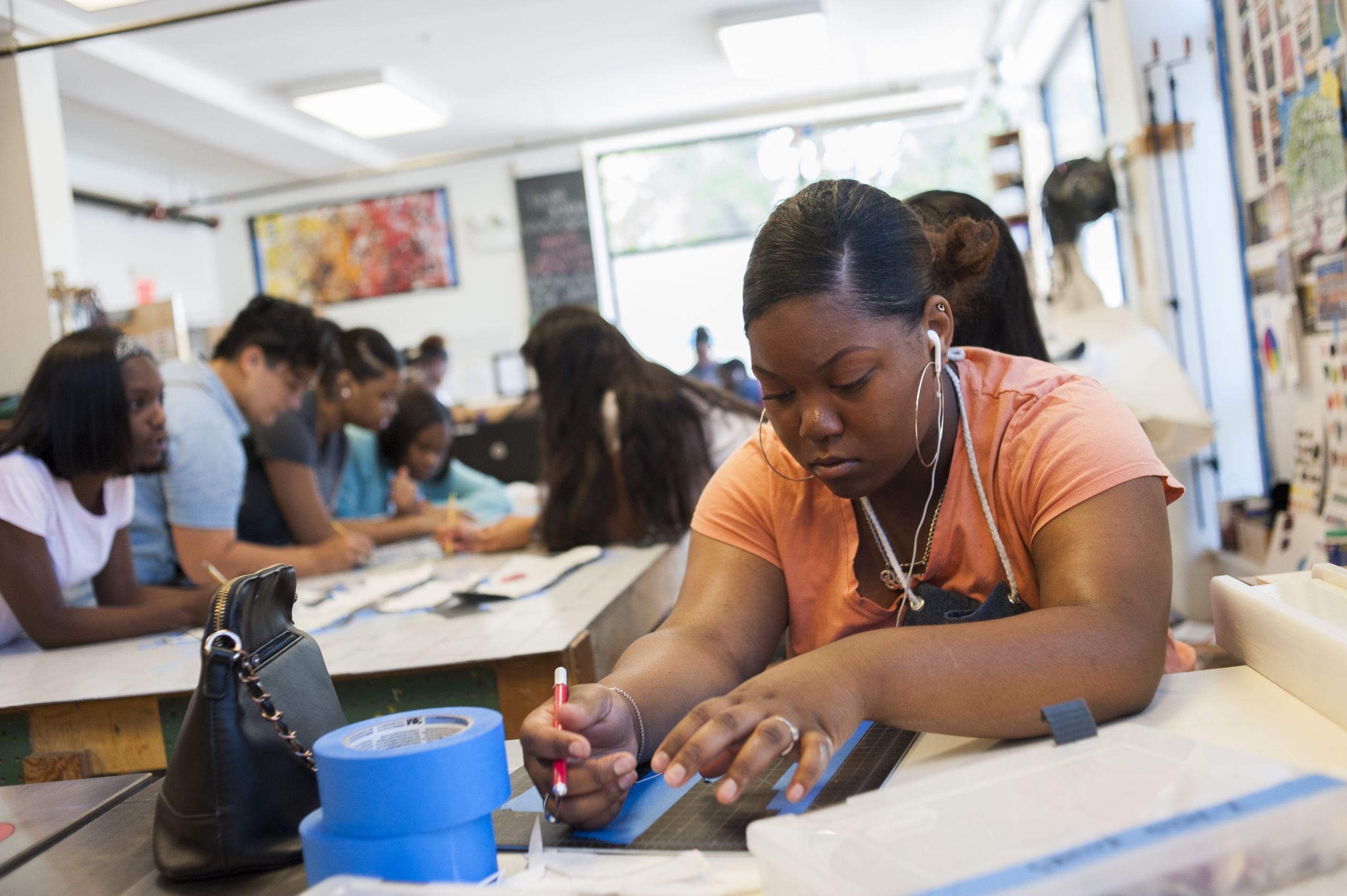
Before designing, they first met with block club captains to get a sense of what they wanted on the new signs.


Students got inspiration to use bold candy apple reds and cornflower blues from hand painted signs on Chicago businesses. They also visited the Smart Museum and admired the lush work of Kerry James Marshall.
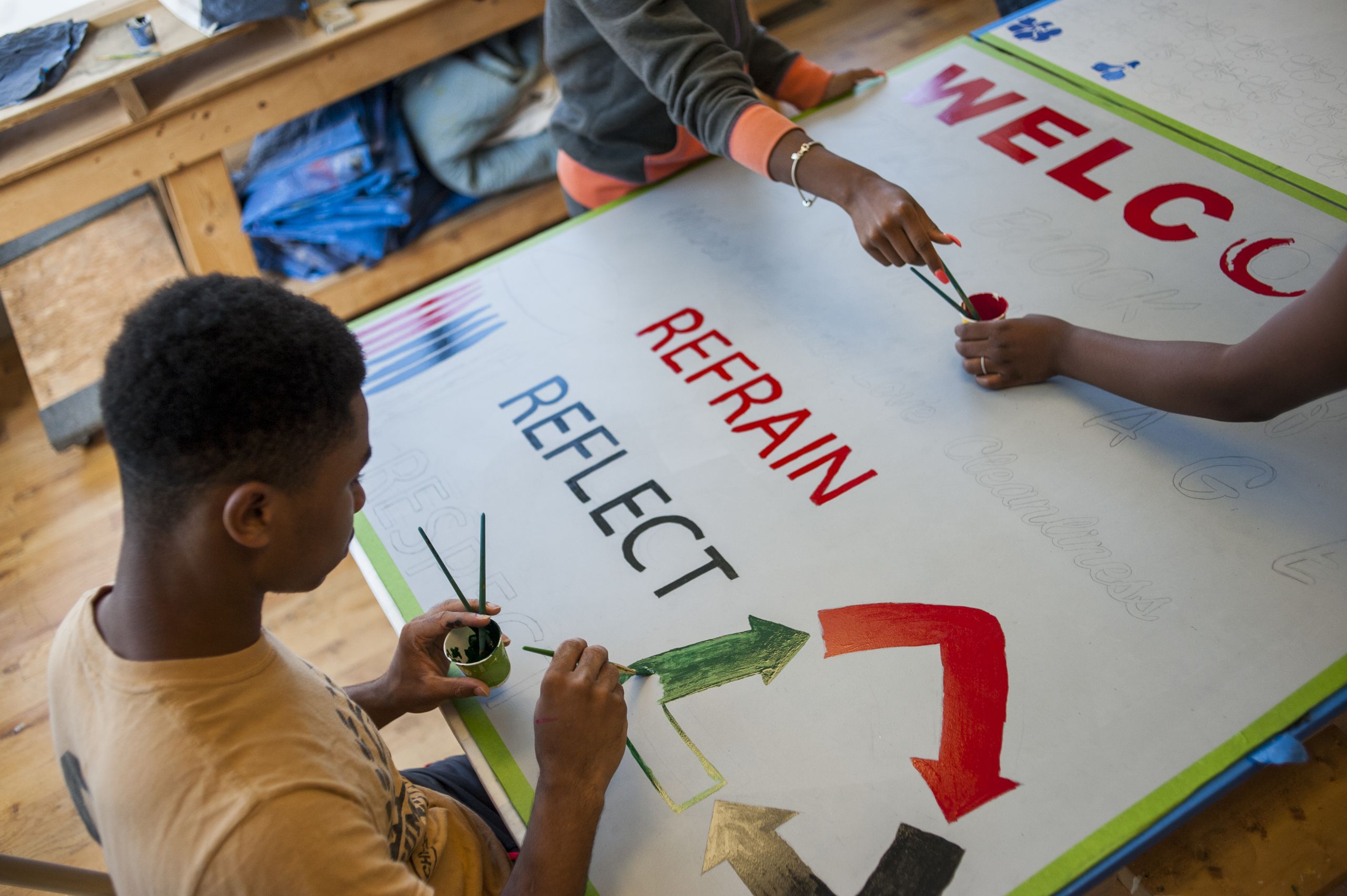


In the 6800 block of South Paulina Street in West Englewood, the sign says no littering, no drinking, no illegal activity, no car repair, no loitering, and no loud music. Tina Hammond lives on the block, where she and her husband spruced up a lot they purchased from the city for a dollar.
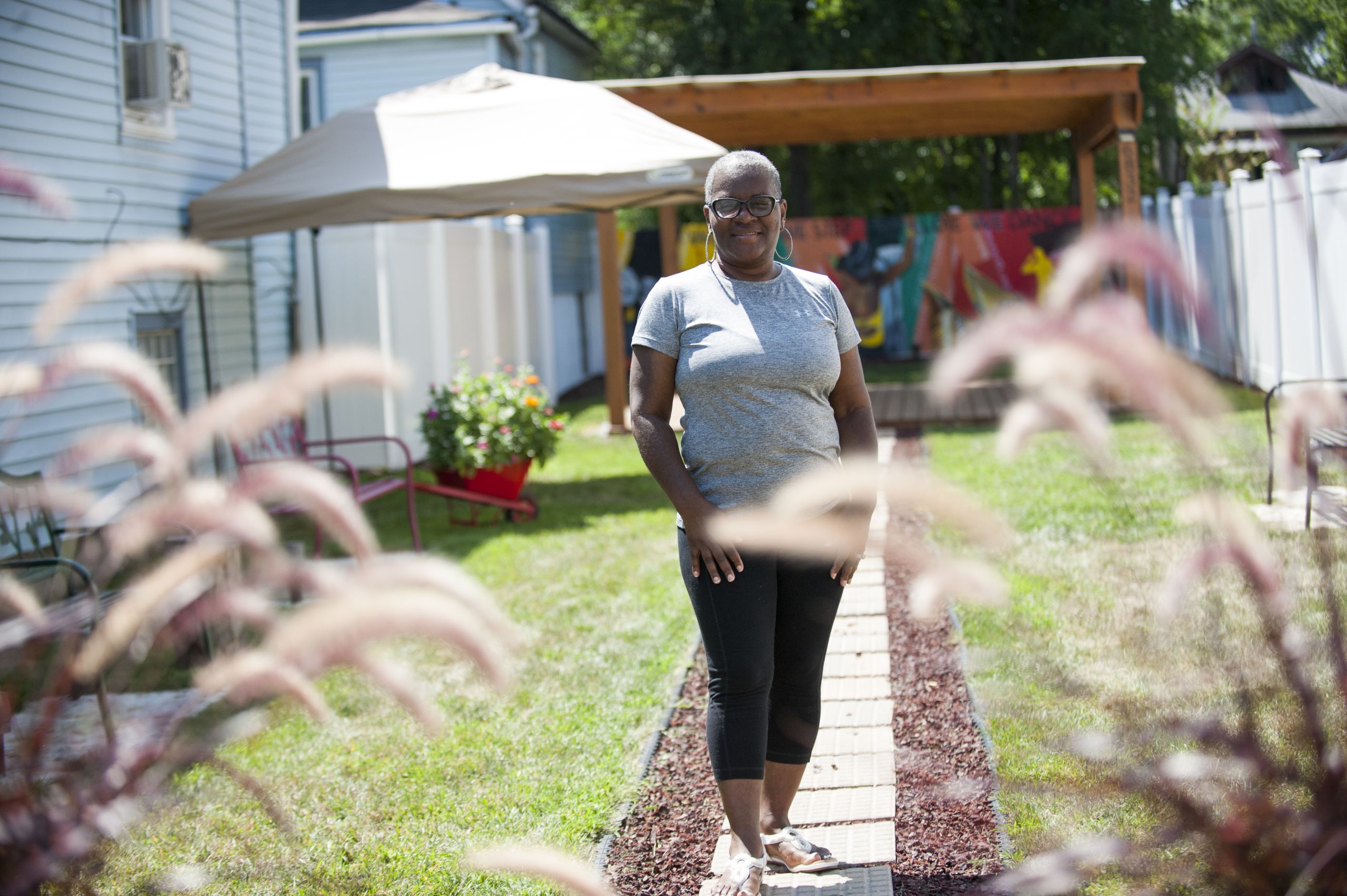
Her block’s new sign isn’t ready just yet, but Hammond said she hopes it will motivate some of her neighbors “to get up and come out and help take care of the block better than what they’re doing now."
Many of the new signs display inspirational quotes and focus on uplifting language.
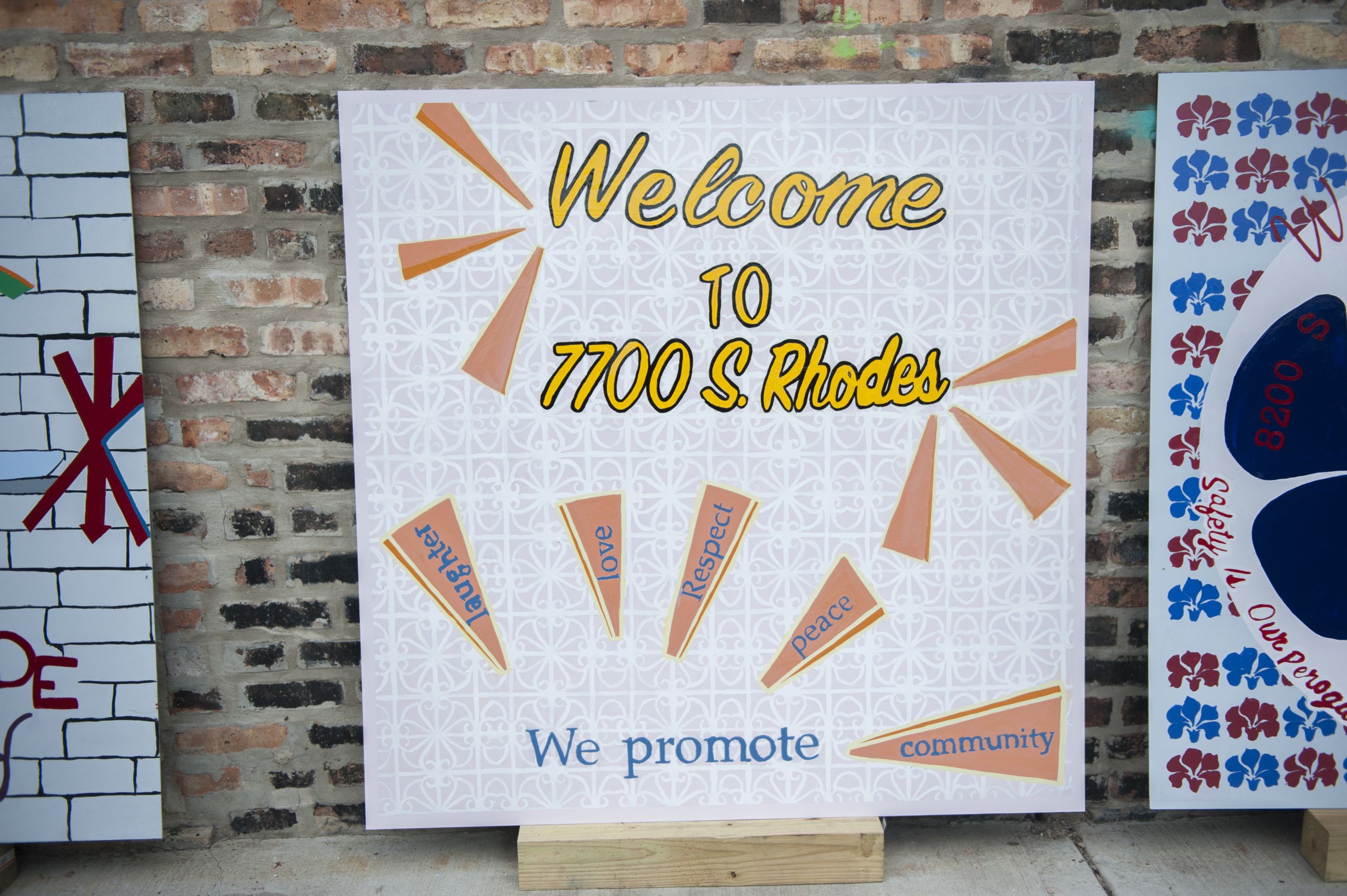
They represent a new take on an old black Chicago tradition by continuing the legacy of communicating that a block has standards.
Natalie Moore is WBEZ’s South Side reporter. Follow her on Twitter at @natalieymoore.
Bill Healy is a producer and journalist in Chicago. Follow him on Twitter at @chicagoan.


